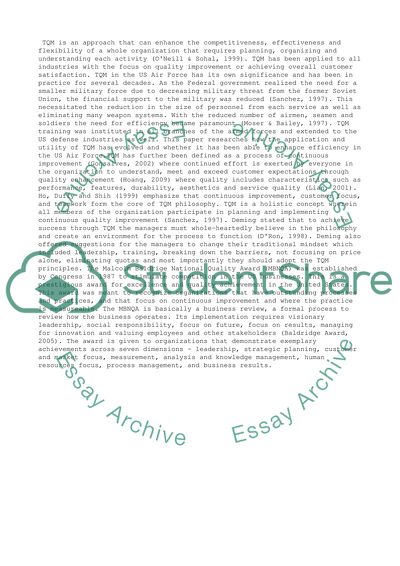Cite this document
(“History Of Quality Management As It Relates To The US Air Force Research Paper”, n.d.)
Retrieved de https://studentshare.org/business/1391425-history-of-quality-management-as-it-relates-to-the-us-air-force
Retrieved de https://studentshare.org/business/1391425-history-of-quality-management-as-it-relates-to-the-us-air-force
(History Of Quality Management As It Relates To The US Air Force Research Paper)
https://studentshare.org/business/1391425-history-of-quality-management-as-it-relates-to-the-us-air-force.
https://studentshare.org/business/1391425-history-of-quality-management-as-it-relates-to-the-us-air-force.
“History Of Quality Management As It Relates To The US Air Force Research Paper”, n.d. https://studentshare.org/business/1391425-history-of-quality-management-as-it-relates-to-the-us-air-force.


